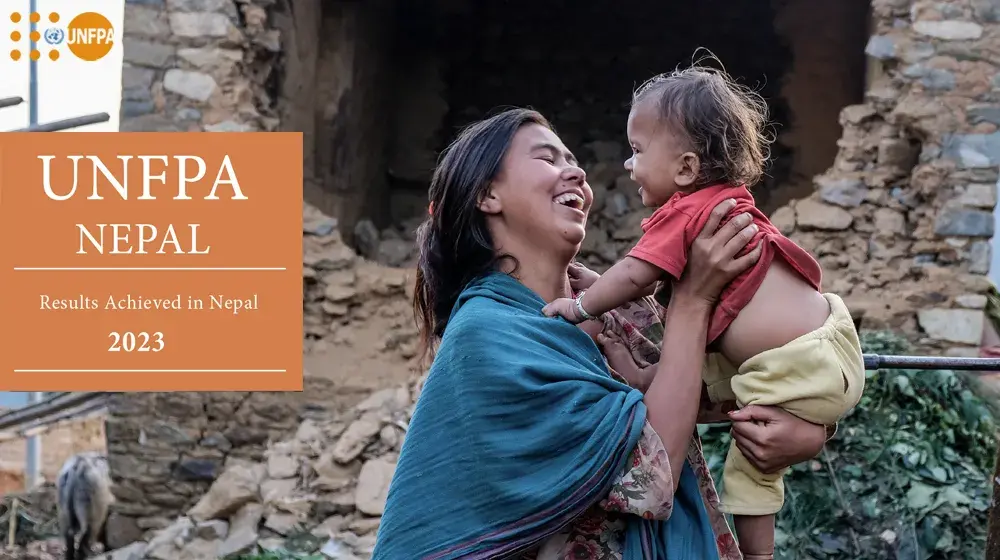Nepal has its first ever National Population Policy endorsed by the Cabinet. The policy saw the day light when world leaders have just agreed to tackle emerging population and development priorities following the successful completion of 20 years of Programme of Action of the International Conference on Population and Development (ICPD), Cairo, 1994.
This overarching policy contains nine areas of focus and 78 strategies. It came at a time when the country is witnessing many important demographic changes over the last two decades as a result of declining fertility and mortality rates, increasing life expectancy, and increasing migration and urbanization. Unveiled on March 30, the policy, among other things, aims at improving people's lives by integrating population issues into development, ensuring people's reproductive health and reproductive rights as fundamental human rights and promoting gender equality and inclusion in all sustainable development strategies.
The policy takes into consideration population and its inter-linkages with other development sectors as articulated in the post ICPD framework and reinforces Nepal's commitment that population issues should not be separated from other development agendas. It follows a rights-based approach that will ultimately contribute to balancing the population and achieve key demographic targets in 20 years (2015-2034) in line with the proposed Sustainable Development Goals (SDGs) due to be endorsed by the UN member states in September 2015.
Nepal started incorporating population issues into national periodic plans right from the first five-year plan in 1956. All the periodic plans including the ongoing thirteenth one have given prominence to population issues. However, in the absence of a population policy, the country was unable to set its clear vision and goals in order to guide all other sectoral policies.
The policy was a unique opportunity for UNFPA, the United Nations Population Fund, to collaborate with the Ministry of Health and Population (MoHP) and provide the support as requested by the ministry. In addition to technical and financial support, UNFPA had been continuously advocating at the national level for the need of an umbrella population policy to bring key aspects of population dynamics, such as Demographic Dividend and young people, to light and address them through multi-sectoral collaboration.
"We congratulate the Government of Nepal for unveiling the National Population Policy, which is critical to development," says Giulia Vallese, UNFPA Representative in Nepal. The policy, according to her, will be a key milestone in responding to the population issues and the challenges of sustainable development faced by Nepal. "We reaffirm our commitment to provide support to the Government of Nepal for its effective implementation," she adds.
With the policy, the onus is on all national stakeholders and international development partners including UNFPA to ensure that this evidence-based and rights-based policy document is effectively implemented. The government agencies, development partners and others concerned have some responsibility to ensure the policy gets implemented, says Kedar Bahadur Bogatee, Chief of Population Division, MoHP.




